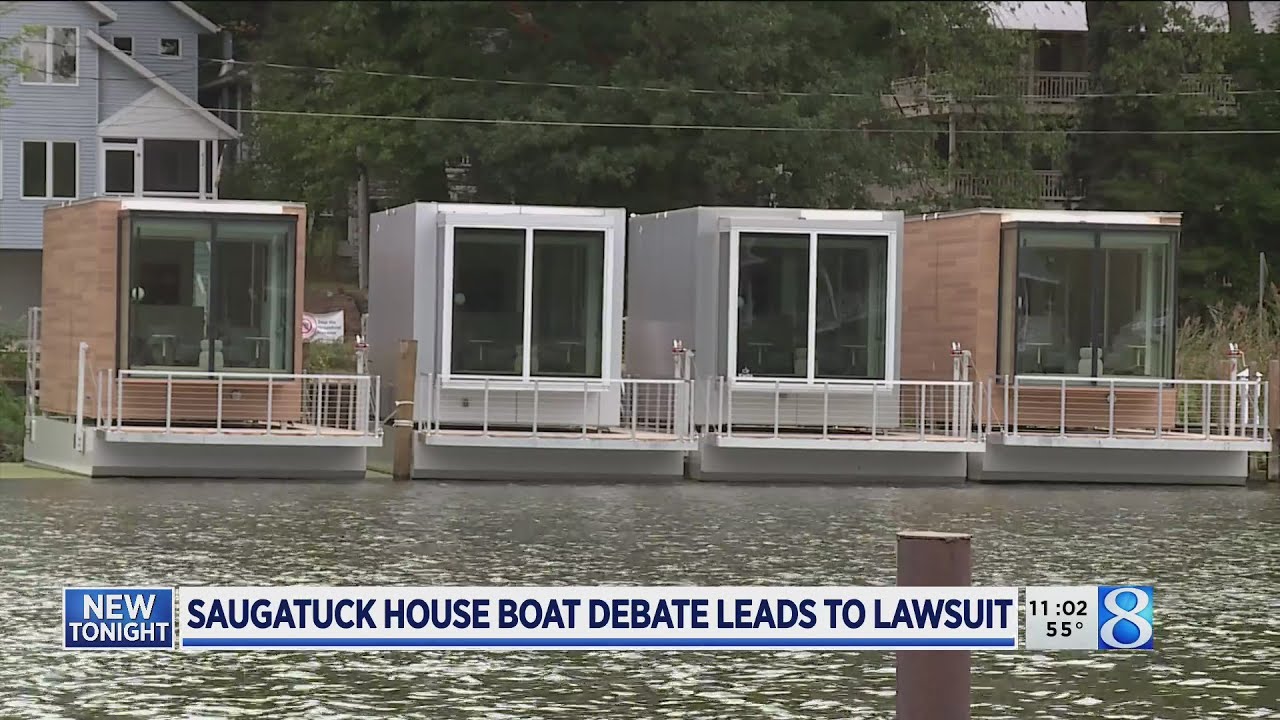Are you ready to embark on an amazing journey? Today, we will be delving into the unique experience of living on the water by exploring America’s floating homes. This unique lifestyle has captured people’s fascination for centuries and continues to do so.
Let’s unpack some key aspects of America’s floating homes:
- History and Origin: Discover how this trend took root in America.
- Seattle’s Floating Home History: Understand the significance of Seattle in the floating home narrative.
- Floating Homes Framework: Get a glimpse of the structural elements that make these homes float.
- Demand and Supply Situation: Probe into the market dynamics influencing this unique housing sector.
- Bobby Berk’s Newcastle Floating Home: Learn about Bobby Berk’s spectacular floating house in Newcastle.
- Allure of Waterfront Living: Explore why many people are drawn to this lifestyle.
With all these fascinating points, we find ourselves irresistibly drawn towards this unique way of life.
Diving Deeper into floating homes in America
Floating homes in America have a rich history, especially in cities like Seattle, where they’ve been a part of the landscape for decades.
The architectural framework of these homes is specifically designed to allow them to float, creating a novelty that hasn’t lost its charm over time.
With designers like Bobby Berk embracing this trend, it’s evident that the demand for floating homes is on a steady rise.
Despite the challenges and uncertainties involved, the allure of waterfront living seems too enticing for many to resist.
History and Origin of Floating Homes
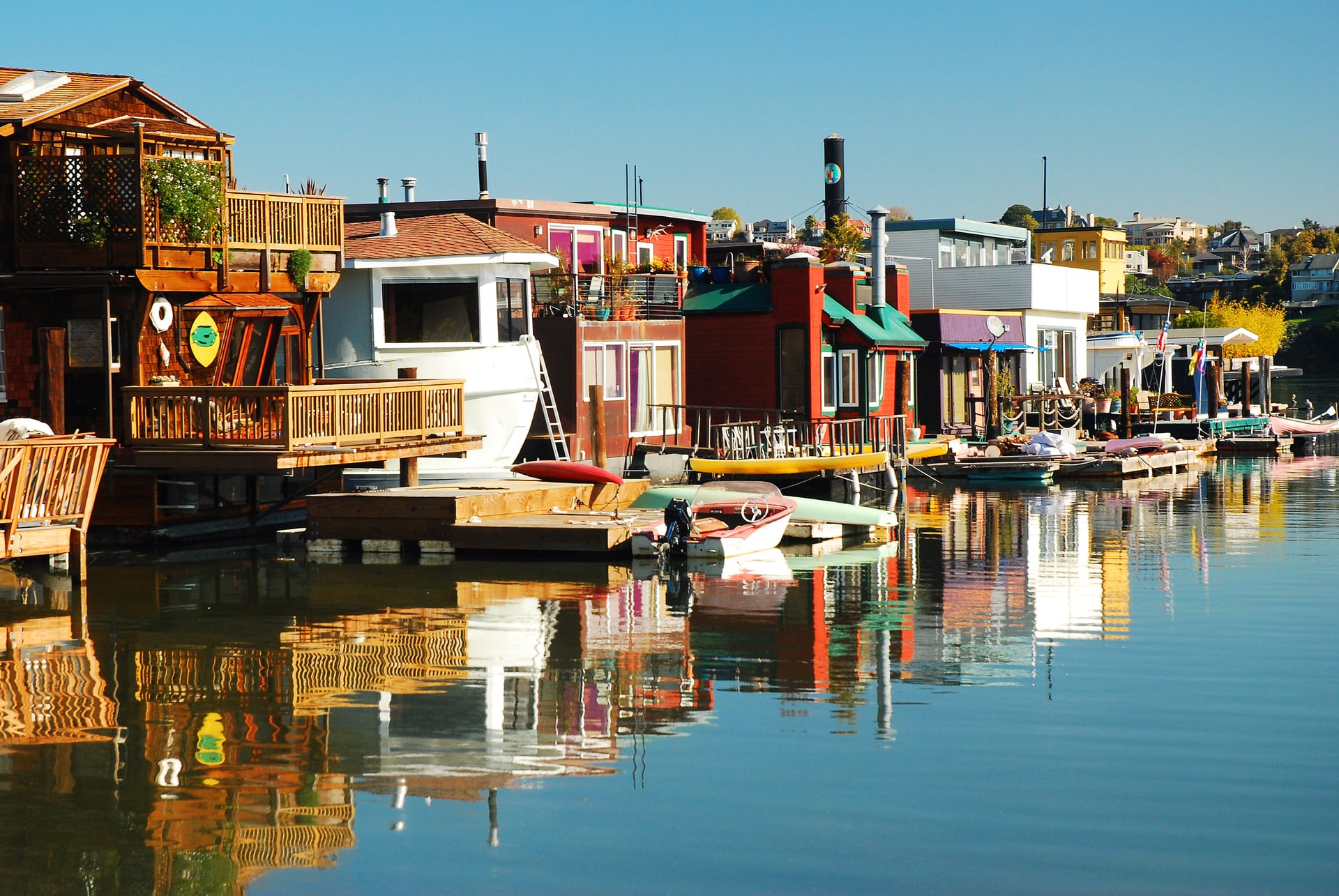
The concept of floating homes isn’t new, they have centuries-old roots.
Originally, they emerged as a cost-effective housing solution in areas with plenty of water bodies.
Over time, floating homes evolved with changing societal norms and technological advancements.
From Humble Beginnings
In the beginning, floating homes were rudimentary structures with basic amenities.
They often housed communities living off the land and water.
Much like traditional homes on land, these aquatic dwellings provided shelter and security.
Beyond the Practicality
Floating homes slowly grew beyond their utilitarian origins.
From a necessity, they became a symbol of freedom and adventure.
Today’s floating homes, equipped with modern facilities, are preferred for their unique lifestyle appeal.
The Evolution Continues
Architects and designers continuously innovate to complement the charm of floating homes with sustainability.
The evolution has seen them integrate cutting-edge eco-friendly technologies to reduce environmental impact.
This fusion of tradition and innovation sets the stage for the future of these fascinating residential alternatives.
Notable Floating Homes in America
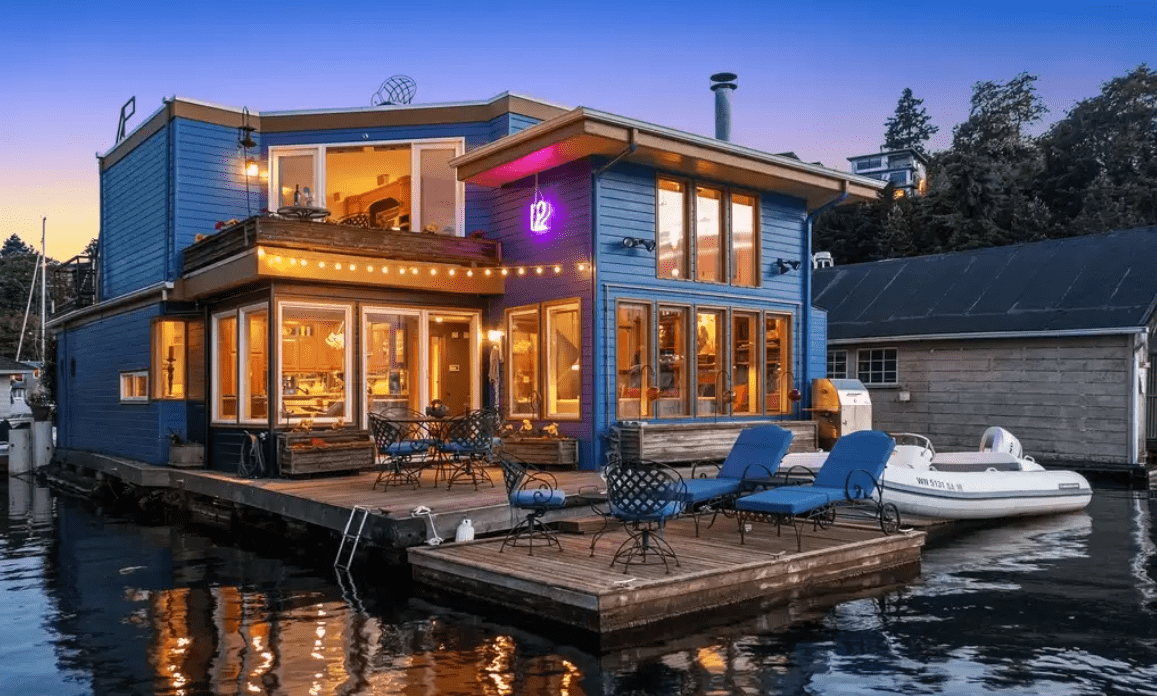
Across America’s diverse landscapes, you’ll discover an intriguing form of housing—floating homes.
These waterborne wonders are not just unique; they offer residents a truly immersive living experience.
Tucked within verdant greenery and tranquil waters are homes that float.
They not only provide breathtaking views but also showcase innovative architecture.
America’s floating homes embody the perfect blend of ecological sensitivity and architectural innovation. They are epitomes of design fused with nature.
Spectacular in every sense, these homes challenge conventional living spaces.
Innovative design elements make them a sight to behold, while luxurious interiors promise comfort.
If you’re ever near Seattle or Portland, take time to witness their floating home communities.
You’ll be amazed by the architectural beauty on display.
You can further explore this unique housing here.
Examining the Floating Homes Framework
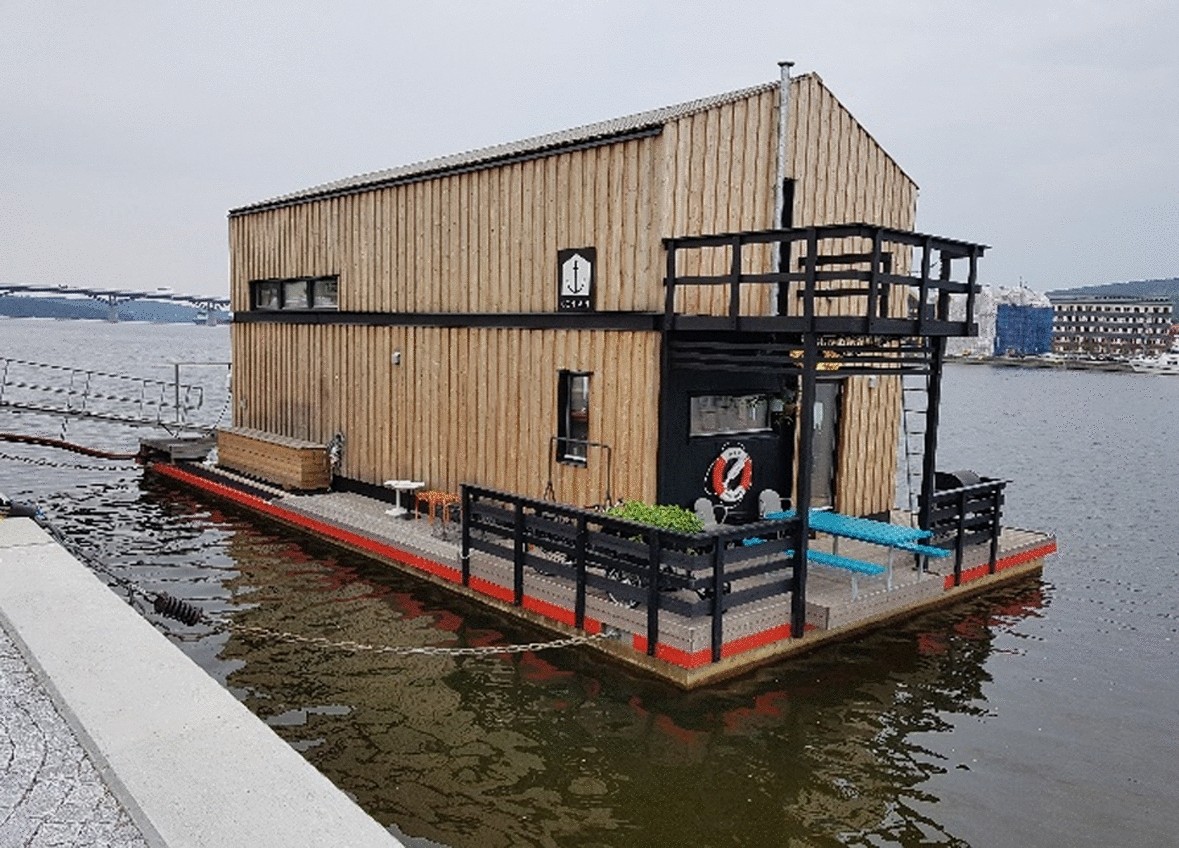
Floating homes, or float houses, offer a unique and sustainable living solution. They are designed to withstand various environmental conditions.
Traditionally built on pontoons or modified boat hulls, these homes are tethered to land but float on water.
They often feature innovative design elements, such as flexible plumbing and electrical systems that adapt to their movement on the water.
This type of housing is becoming more popular due to its eco-friendly nature. Materials used in construction often include recycled or renewable resources.
Floating homes also utilize natural cooling and heating techniques, decreasing reliance on fossil fuels and reducing carbon footprint.
In some areas, they serve as affordable housing options. However, they have unique challenges in terms of sewage management and legal constraints.
Research has shown that floating homes can be an effective solution for crowded urban areas prone to flooding.
While not suitable for everyone, these homes offer an intriguing alternative for those seeking a non-traditional living arrangement.
Exploring Seattle’s Floating Home History
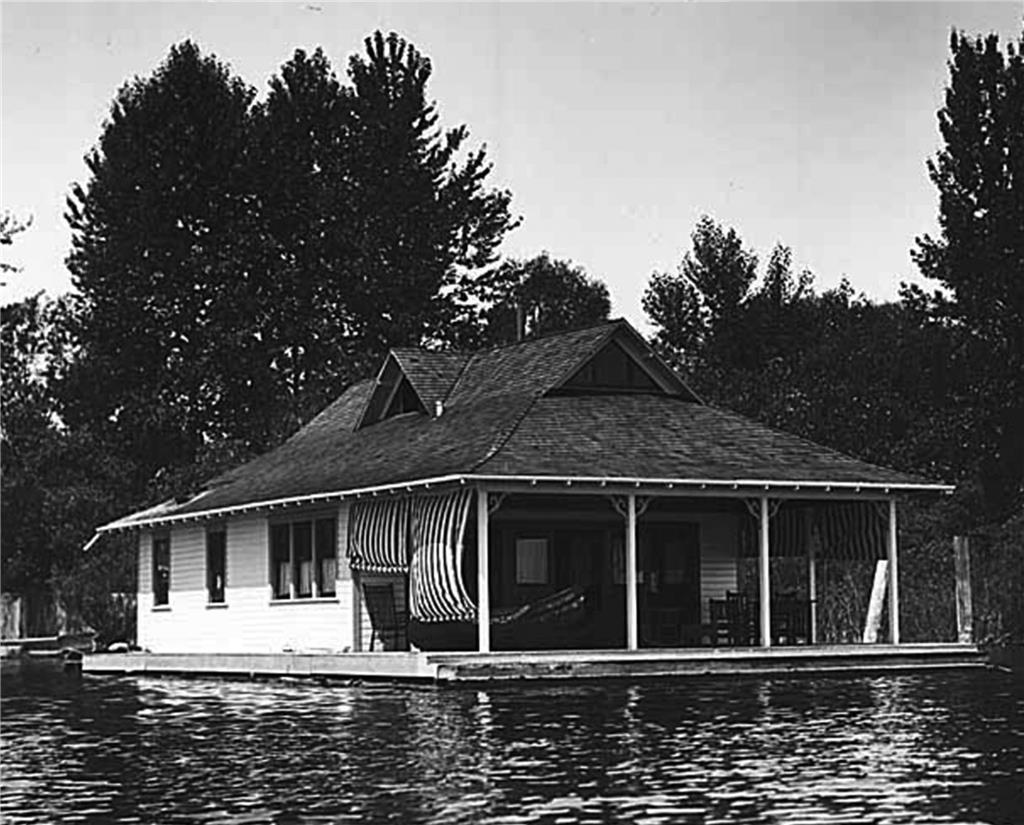
Seattle, known for its innovative architecture, also boasts a rich history of floating homes.
Built initially by hardworking fishermen and loggers, these dwellings served as practical housing solutions.
Over time, they transformed into beautifully designed houses, providing a unique perspective on waterfront living.
With their panoramic views and bohemian vibe, they quickly became sought-after properties.
| Date | Event |
|---|---|
| Early 1900s | Fishermen and loggers establish floating homes. |
| Mid-1900s | Floating homes gain popularity among artists and writers. |
| Late 1900s – Present | Evolve into luxurious waterfront properties. |
| Ongoing | Maintain historical significance and cultural appeal. |
| A brief timeline of Seattle’s Floating Home History | |
This source provides a more detailed insight into the history of floating homes in Seattle.
No other city has embraced the concept as warmly as Seattle, making it an intriguing part of its architectural tapestry.
The Demand and Supply Situation
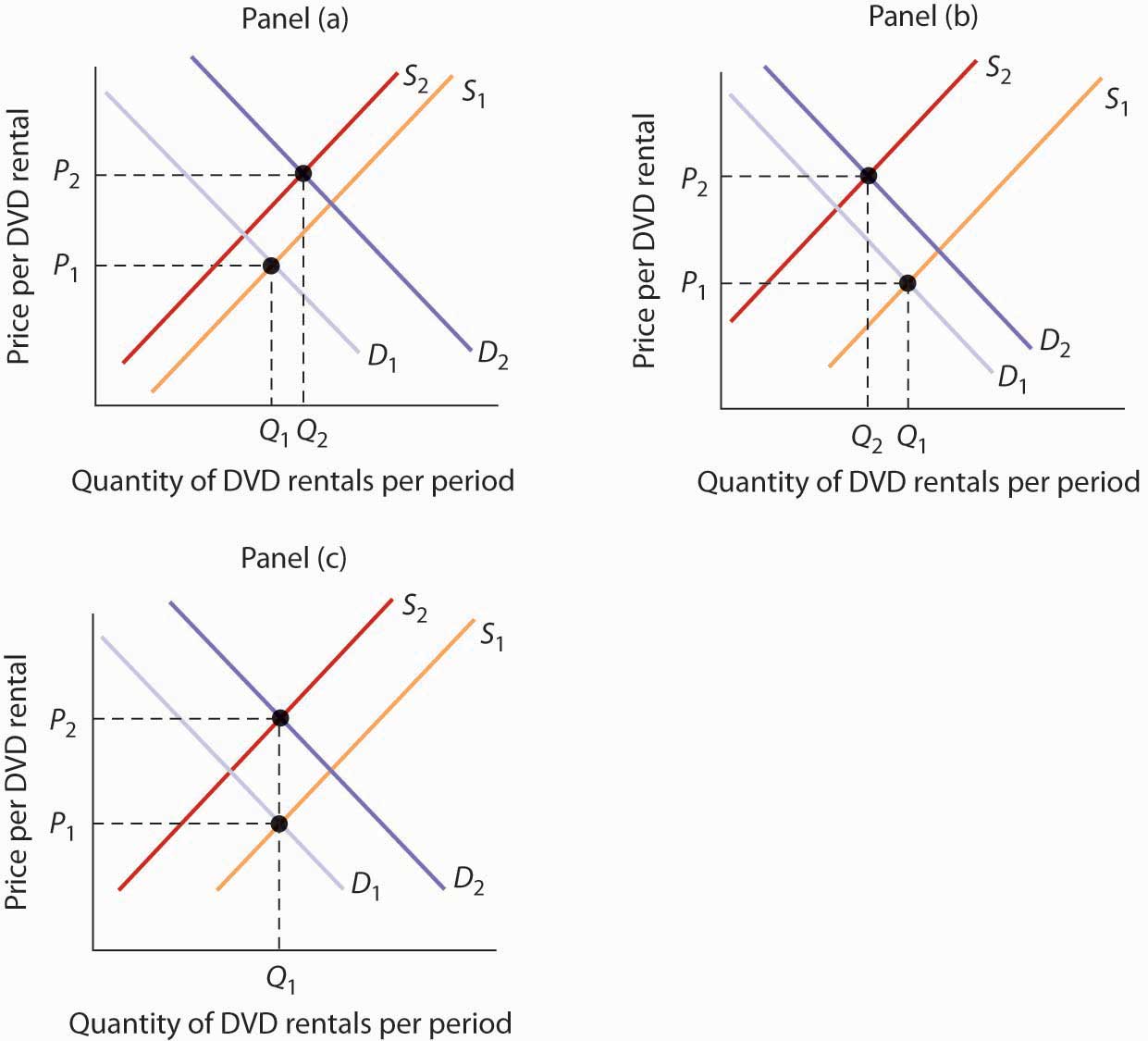
Considering the intriguing concept of floating homes, the demand is quite dynamic. Most people enjoy the scenic beauty and tranquility these homes offer.
However, on the supply side, there are challenges. These include legal regulations and environmental protection concerns that need to be addressed.
- High interest: The unique experience of water-bound living attracts a niche market.
- Legal hurdles: Regulatory restrictions can limit floating home construction.
- Environmental concerns: Building responsible structures to protect marine ecosystems is vital.
You can read more details about this interesting interaction of demand and supply in floating housing market here.
The appeal of floating homes is undeniable. With a direct connection to nature, they offer an unmatched living experience.
Yet, implementing sustainable practices is necessary to ensure their continued existence.
This industry’s growth also depends on addressing existing norms while keeping the environmental balance intact.
Living on the Water: A Global Debate

What Is the Appeal of Floating Homes?
Nestled between land and water, floating homes offer a unique living experience.
This lifestyle brings one closer to nature and creates a peaceful atmosphere.
The aesthetic visuals and tranquility are key factors in their popularity.
Are There Environmental Concerns?
Opinions differ regarding the environmental impact of floating homes.
Some argue that they disrupt aquatic life and water quality.
Others maintain they have less impact than traditional housing due to their smaller footprint.
What About Legal and Regulatory Issues?
Legal issues can also arise with floating homes.
Zoning laws, permits, and disputes over water rights are common challenges for residents.
This lifestyle requires understanding marine law as well as property rights.
How Feasible Is Living on Water in Different Parts of the World?
With varying geography and climate, feasibility differs globally.
In some regions, the cost is prohibitive, while accessibility issues exist elsewhere.
You can learn more about global water issues here.
The Unique Allure of Waterfront Living
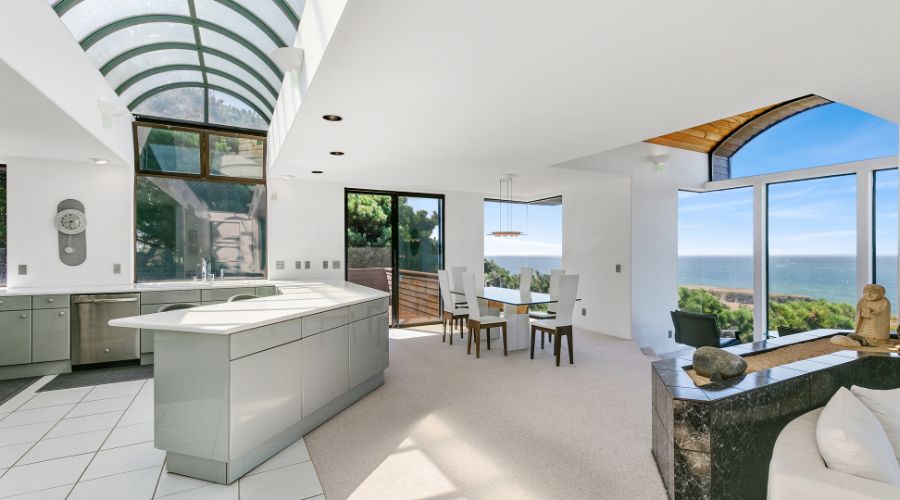
Waterfront homes provide a distinctive lifestyle, brimming with a myriad of appealing attributes. Living by the water provides unique benefits that are hard to match in traditional accommodations.
- Soothing Ambiance: The calming sound of waves and serene scenery offer a peaceful living environment.
- Nature-rich Surroundings: These homes give residents close proximity to diverse flora and fauna.
- Recreational Activities: A wide selection of water-related activities is available, like sailing, fishing, or kayaking.
- Fresh Air: The air near the water tends to be purer and fresher, contributing to better health.
The options for waterfront living vary widely, from sleek modern houseboats to cozy float cabins. Each option exudes its unique charm and appeal.
Floating homes surprisingly offer a sense of community. Close-knit neighborhoods often form among those sharing the same unique lifestyle.
An essential element for these homeowners is designing their houseboat to be resilient against potential water-related perils. Examples include storms or floods, which have been discussed in detail in an article from the New York Times.
Despite these risks, the distinct allure of floating homes continues to attract many people. The dream of being seamlessly connected with nature while enjoying modern comforts is indeed enticing.
Floating Homes: Transitions throughout History
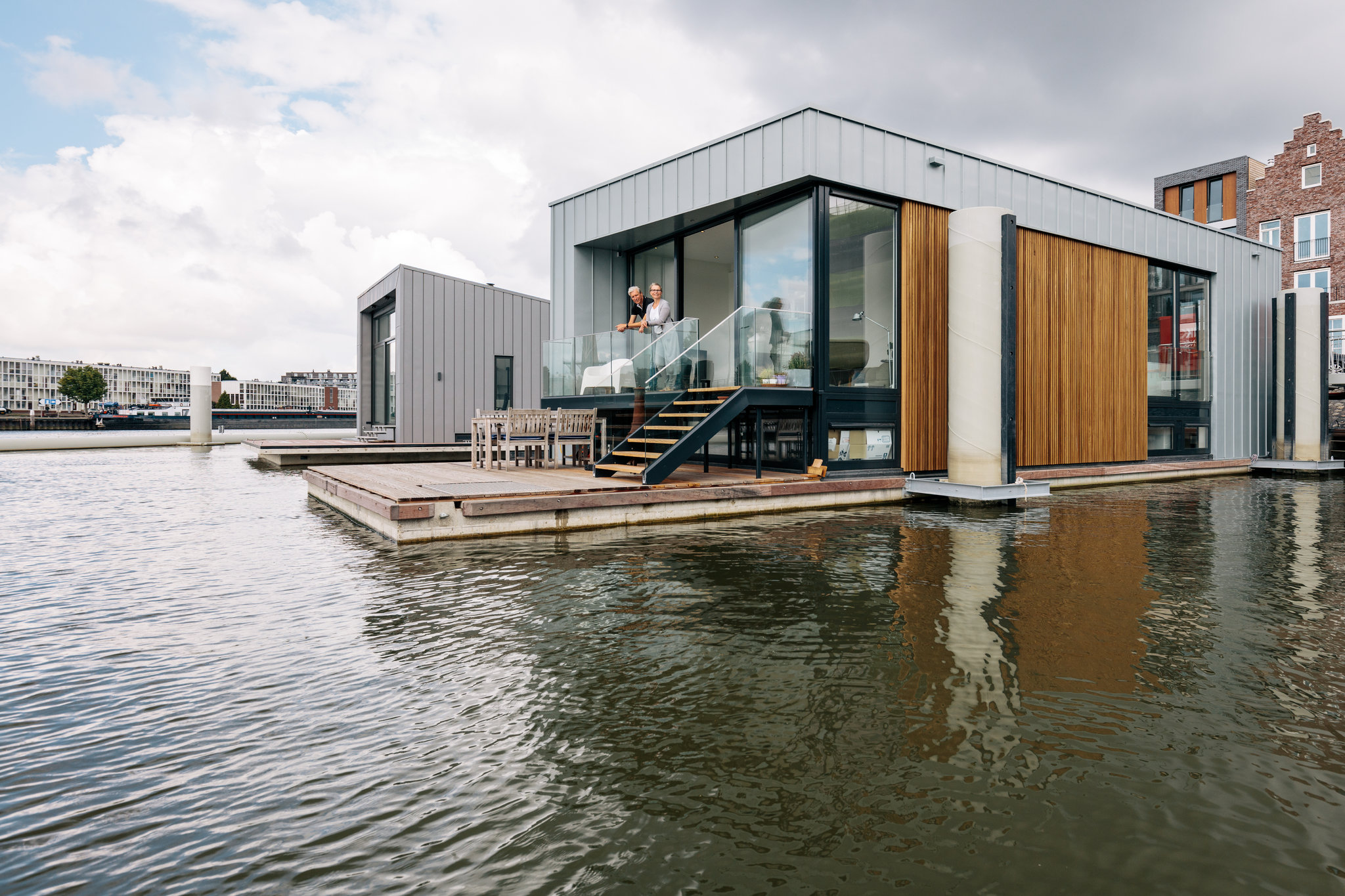
The concept of floating homes can be traced back centuries. Early examples, predominantly in water-rich regions, showcased the ingenuity of our ancestors.
Gradually, these floating dwellings evolved from necessity to a lifestyle choice and a symbol of freedom and adventure.
- Viking’s Longhouses: In the early ages, Vikings built their longhouses on boats as part of their seafaring culture.
- Venice’s Floating City: During the middle ages, Venice famously adopted floating architecture to resist invasions and adapt to its unique environment.
- Modern Adaptations: Modern times have seen innovative adaptations like luxurious houseboats and eco-friendly floating homes.
- Futuristic Designs: Current trends point towards futuristic floating habitats as solutions for rising sea levels and urban overcrowding.
Floating residences today merge aesthetics with sustainable practices, standing proof of our remarkable ability to adapt and innovate in the face of change.
The history of floating homes is a testament to human resilience, innovation and aspiration for personal freedom. They continue to inspire architects globally.
Impact of Wine-Bottle Diplomacy on Floating Homes

Wine-bottle diplomacy, a term coined to describe the eco-friendly lifestyle of floating home occupants, is having notable impacts.
This trend encourages recycling and sustainability, by repurposing wine bottles as floating devices.
- Embracing Environmentally Friendly Practices: Residents actively reuse materials for home maintenance.
- Promoting Community Collaboration: The practice fosters unity among floating home dwellers.
- Safeguarding Natural Resources: This approach indirectly conserves water bodies, essential to the floating homes ecosystem.
People are increasingly appreciating the floating homes’ distinct charm, further propelled by these sustainable practices.
‘Wine-bottle diplomacy’ does not only advocate for an eco-conscious lifestyle but also inspires innovation and creativity among residents.
A fine model of an urban solution that provides housing while caring for our environment. Explore the phenomenon here.
Impulse-driven Adventure: Unique Floating Homes Stories
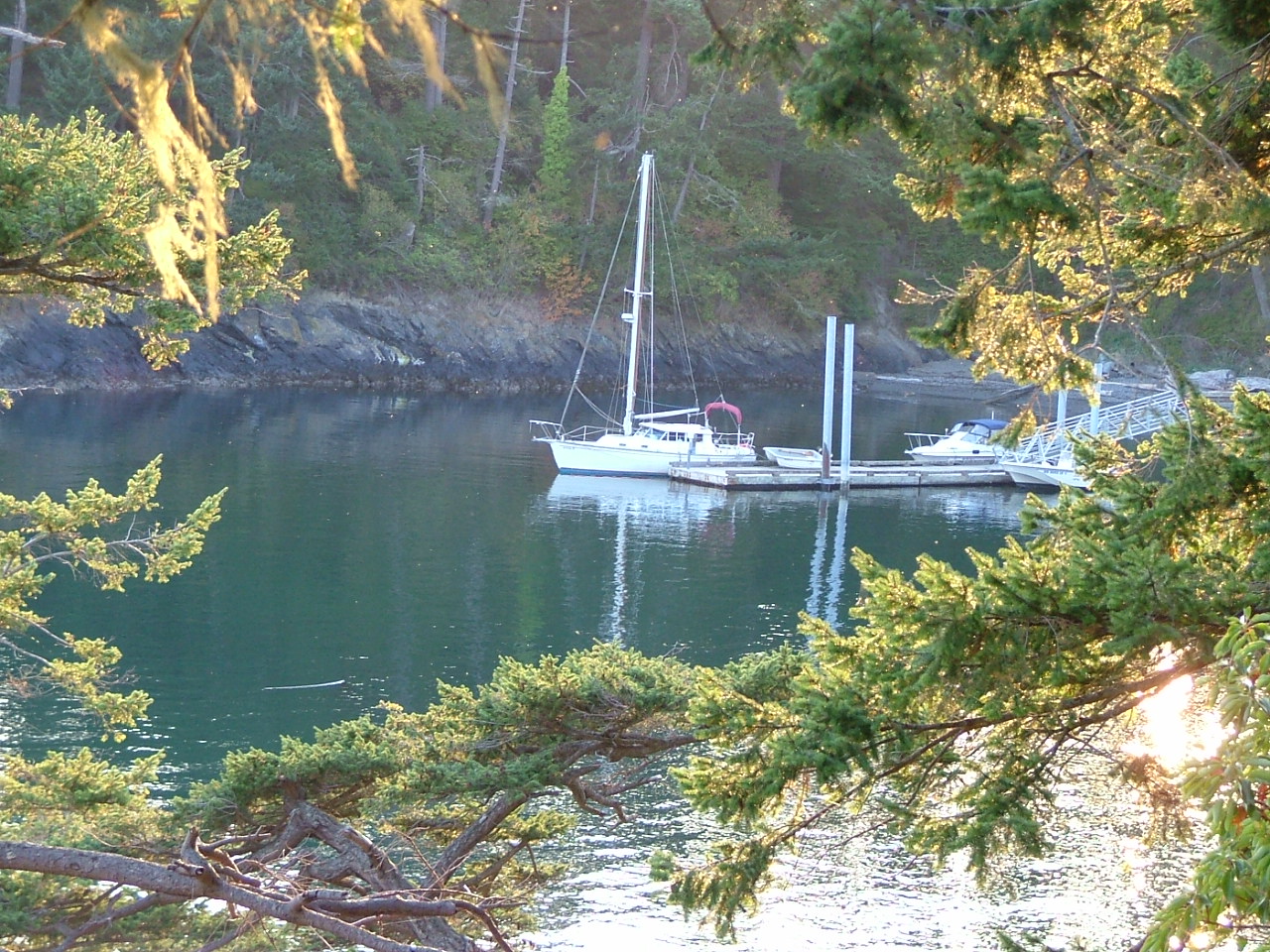
Exploring the charm of America’s floating homes brings fascinating stories to light. Each one filled with the rich history of those who called these unique dwellings home.
Historical Marvels
The past residents of these floating homes lived lives fueled by daring desires and adventurous spirits. Their experiences are nothing short of inspiring.
Unveiling Architectural Wonders
The architectural majesty of these homes is simply awe-inspiring. They represent a rare combination of aesthetic beauty and practical resourcefulness.
Lovers of architecture can appreciate the ingenious constructions, which defy traditional norms and celebrate the freedom and originality of their creators.
Learn more about America’s floating homes here.
Lush Retreats on Waters
These floating homes offer a serene escape from the noise and haste of city life. The splendor of living amidst nature’s beauty is truly unparalleled.
Above all, these floating homes teach us to value simplicity, harmony with nature, and creative problem-solving. They are beautiful reminders that home is where the heart is.
Bobby Berk’s Newcastle Floating Home Showcase
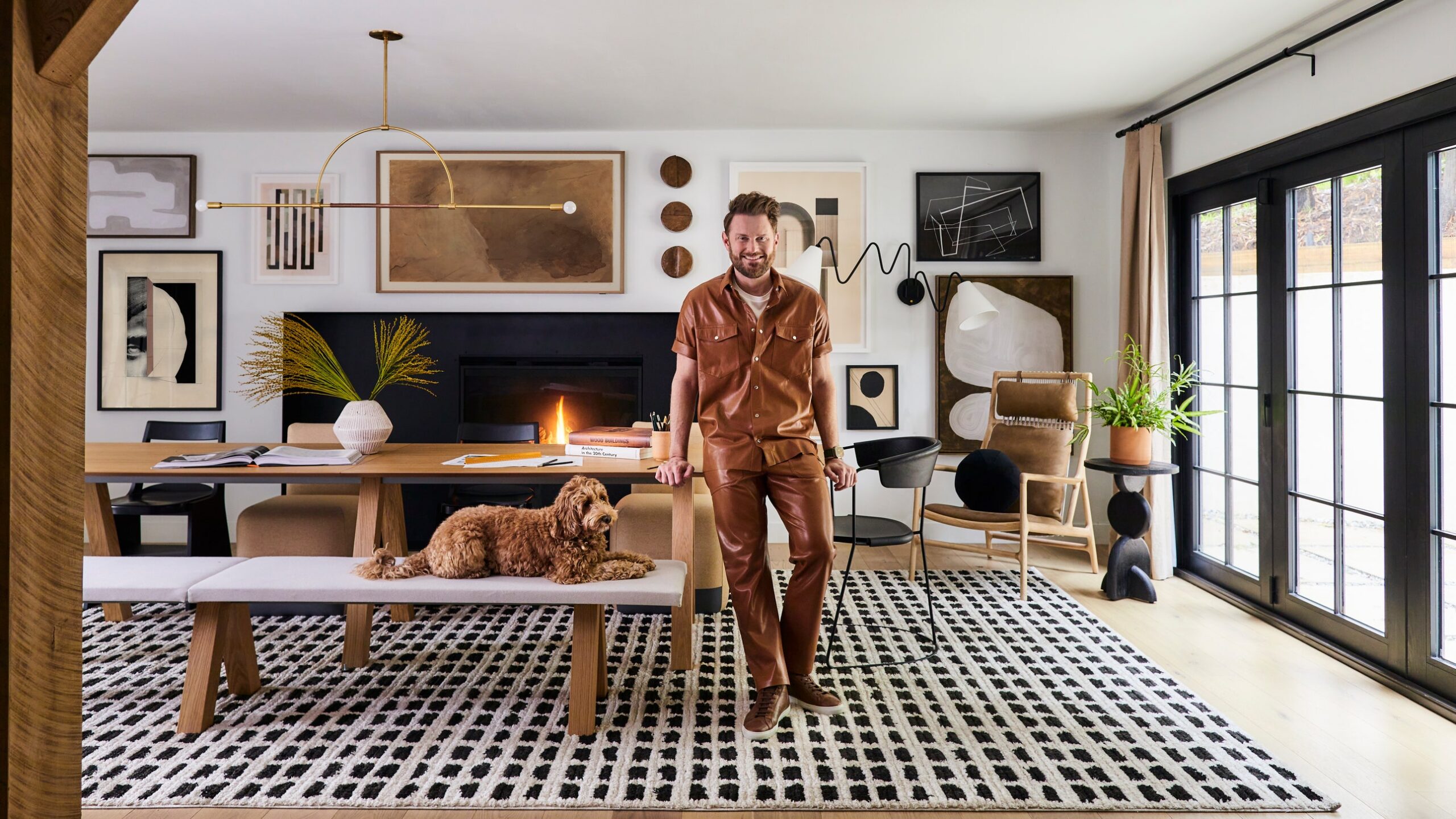
Living on water is a dream shared by many, and Bobby Berk’s floating home in Newcastle is nothing short of a modern marvel.
This innovative living space combines the charm of aquatic life with functionality and style.
The house is not only aesthetically appealing but is also designed to withstand harsh weather conditions.
Harmonious Indoor-Outdoor Living
The home’s interiors beautifully blend indoor comfort with spectacular outdoor views.
You can admire waterfront panoramas from virtually every space within the house.
Sleek design details pay homage to nautical inspirations, integrating seamlessly with the surroundings.
Eco-Friendly Design Elements
Berk’s floating home incorporates eco-friendly materials and energy-efficient technologies.
This sustainable approach reduces the environmental impact while ensuring residents enjoy modern comforts.
From solar panels to rainwater harvesting systems, these features make this home a commendable model for green living.
A New Take on Luxury Living
The home provides an unparalleled sense of luxury, redefining conventional housing concepts.
Natural light bathes spacious rooms, creating an inviting atmosphere that is both calming and energizing.
This floating abode truly exemplifies how luxury can coexist with sustainability and innovation.
For more details on Berk’s designs, you can visit his website.
Montlake’s Maximalist Floating Homes
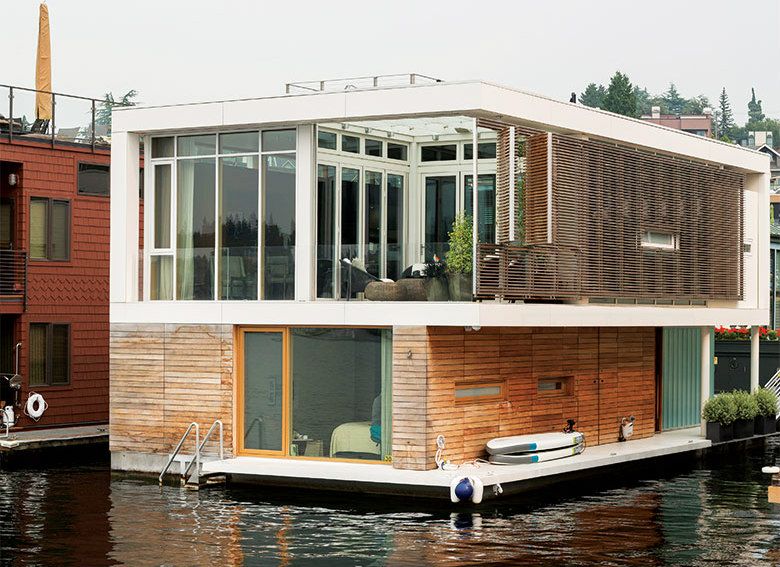
The floating homes of Montlake exhibit maximalist design aesthetics that blend unique architectural elements with splashes of vibrant color.
Each residence, perched atop the water, tells its own distinct story through intricate detailing and eclectic style.
These homes take artful living to a new level, with thoughtfully designed interiors that are both visually stunning and practical.
You can see the meticulous attention to detail in every corner of these fascinating floating homes.
| House number | Color scheme | Key feature |
|---|---|---|
| #1 | Mint Green and White | Solar panels |
| #2 | Mustard Yellow and Navy Blue | Rooftop garden |
| #3 | Bright Pink and Aqua Blue | Wraparound balcony |
| #4 | Purple and Silver Gray | Dockside patio |
| #5 | Cobalt Blue and Sand Dune Beige | Outdoor kitchen’ |
| Note: These houses represent a snapshot of the varied styles in Montlake’s community of floating homes. | ||
Beyond style, these homes are engineered for efficiency, maximizing both space utilization and energy conservation.
Anchored Adventures
From tranquil riverfront properties to bustling marina communities, America’s houseboat havens offer a unique lifestyle with unrivaled waterfront views. This exploration of floating homes takes us on a vibrant journey, revealing how they unite adventure and home comfort in extraordinary ways. A truly immersive experience into an underrated housing alternative, presenting an appealing option for the adventurous at heart.
